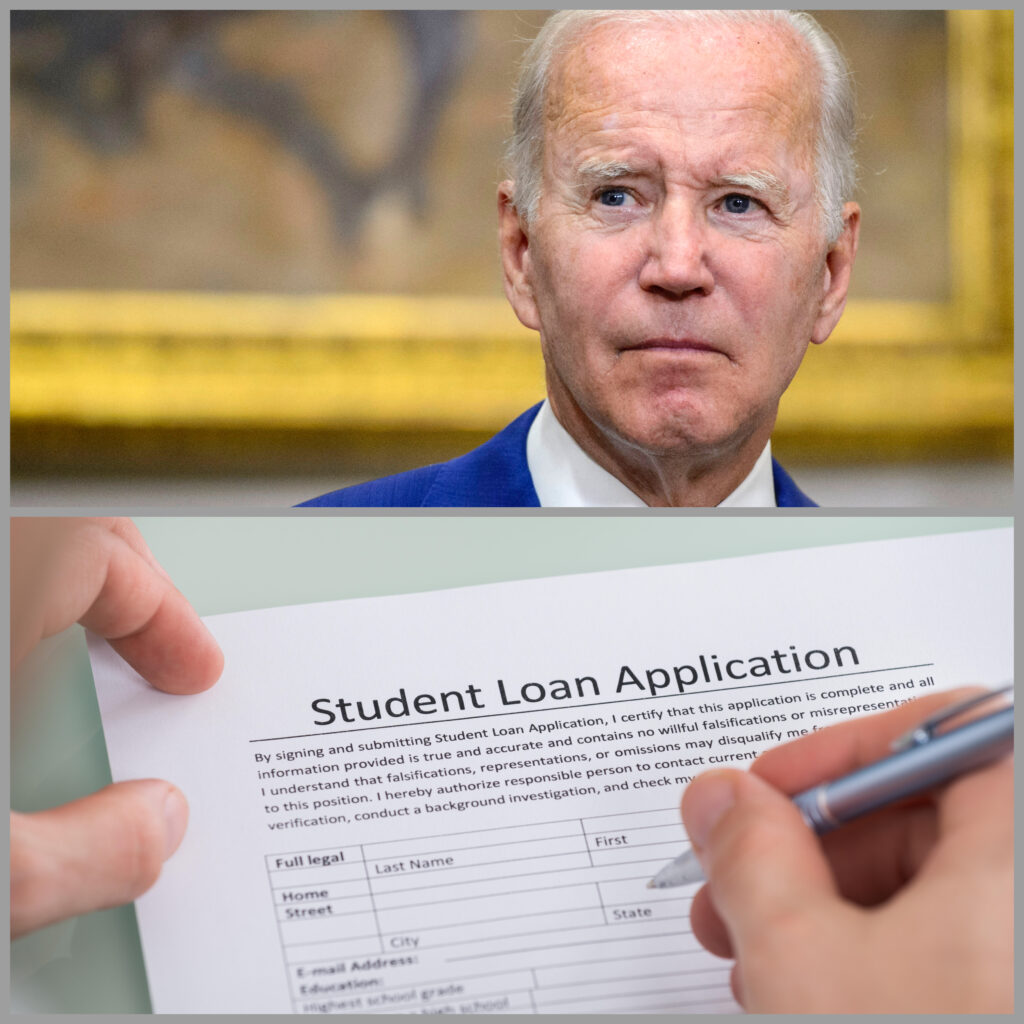
(Source from Reuters/Alamy)In late August, President Joe Biden announced that his plan to cancel up to $20,000 USD of student debt for many borrowers is coming to fruition. During his announcement, he stated, “All of this means people can start finally to climb out from under that mountain of debt, to finally think about buying a home or starting a family or starting a business.”
This is his response to an ongoing financial crisis for middle-class Americans, as the federal student loan debt has amounted to about $1.6 trillion USD. According to a statement from the White House, tuition costs of public and private colleges have almost tripled in the last 40 years. Pell Grants, a federal government issued subsidy for students who display exceptional financial need, now only cover about a third of the cost of a four-year public college when they used to cover almost 80%.
Biden’s three-part plan brings hope to many working families that have felt the immense financial burden coming out of the COVID-19 pandemic and ensuing recession.
For the first part of this plan, borrowers who make under $125,000 a year and haven’t received a Pell Grant could be eligible for up to $10,000 of student loan forgiveness; borrowers who make under $125,000 a year and have received a Pell Grant could be eligible for up to $20,000 of debt forgiveness.
The second part aims to make the student loan system easier to navigate for all borrowers. This includes bringing down monthly payment amounts for undergraduate loans and revising the flawed Public Service Loan Forgiveness program to be inclusive of borrowers who have worked at a nonprofit, in the military, and more.
The final part of the student debt forgiveness plan aims to reduce the overall cost of college tuition and protect future students and taxpayers from experiencing additional financial burden. Schools will also be held accountable for raising their tuition costs.
Fortunately for borrowers, a wide range of loans could qualify for forgiveness under this plan, including Direct Stafford Loans, Parent Plus and Grad Loans. However, it seems as though more information will be released in the coming weeks before applications for loan forgiveness launch in October, according to the Education Department.
Surprisingly, it seems like Biden’s plan doesn’t just impact middle class millennials but also roughly 9 million borrowers who are over the age of 50. According to CNN, senior borrowers amount to almost 20% of all federal student loan borrowers.
In addition to the news of loan forgiveness, President Biden has also extended the pause on loan payments through December 31st, 2022. For now, payments will resume on January 1 of next year until further notice.
JULIE KIM
ASIA JOURNAL

